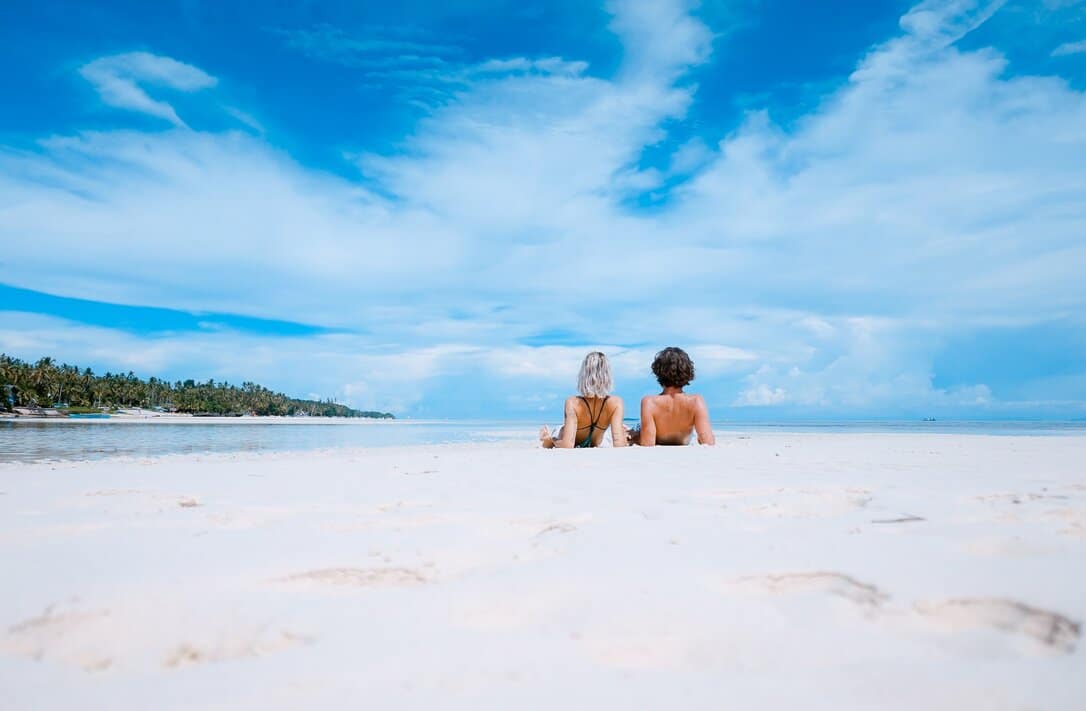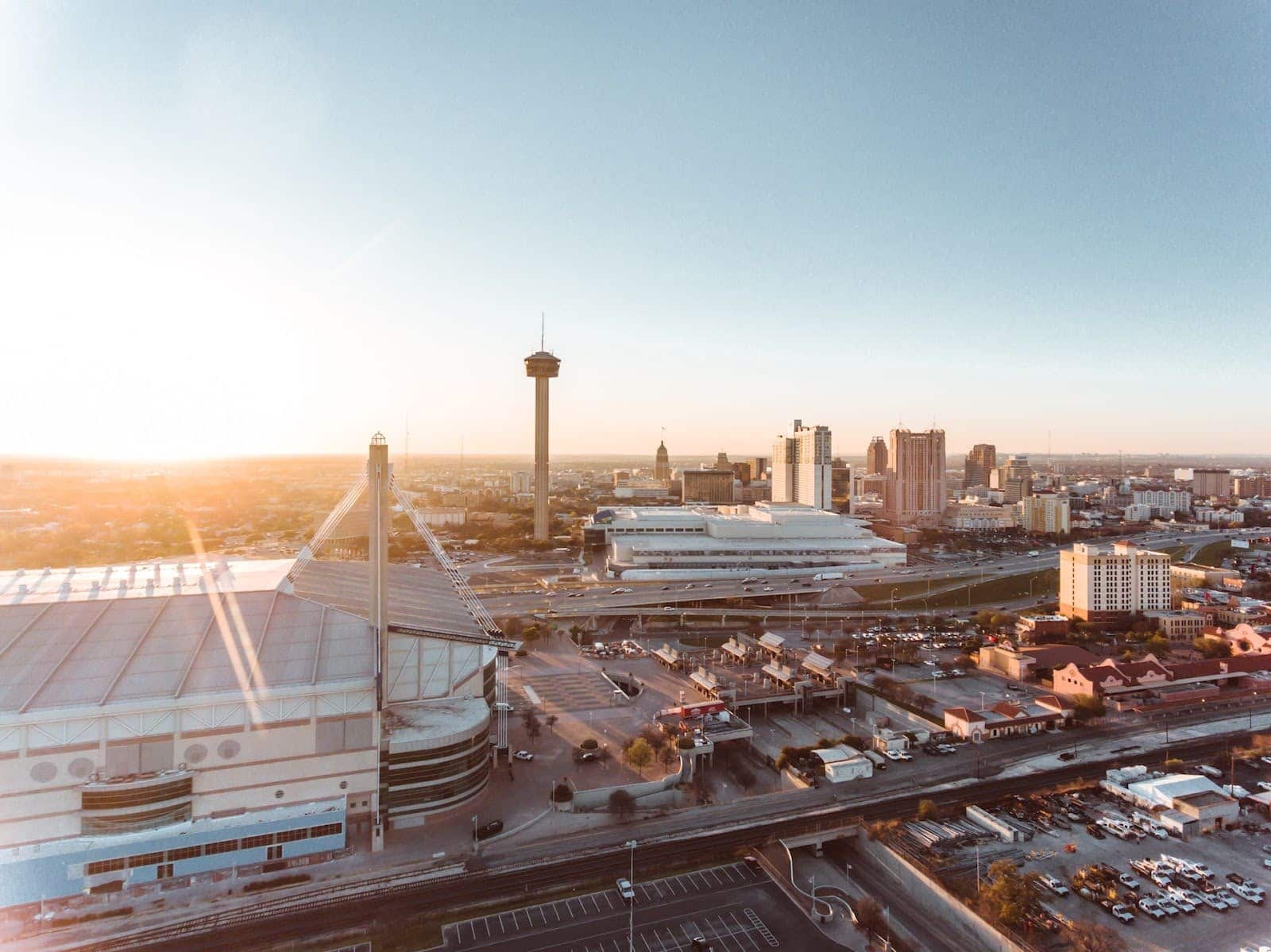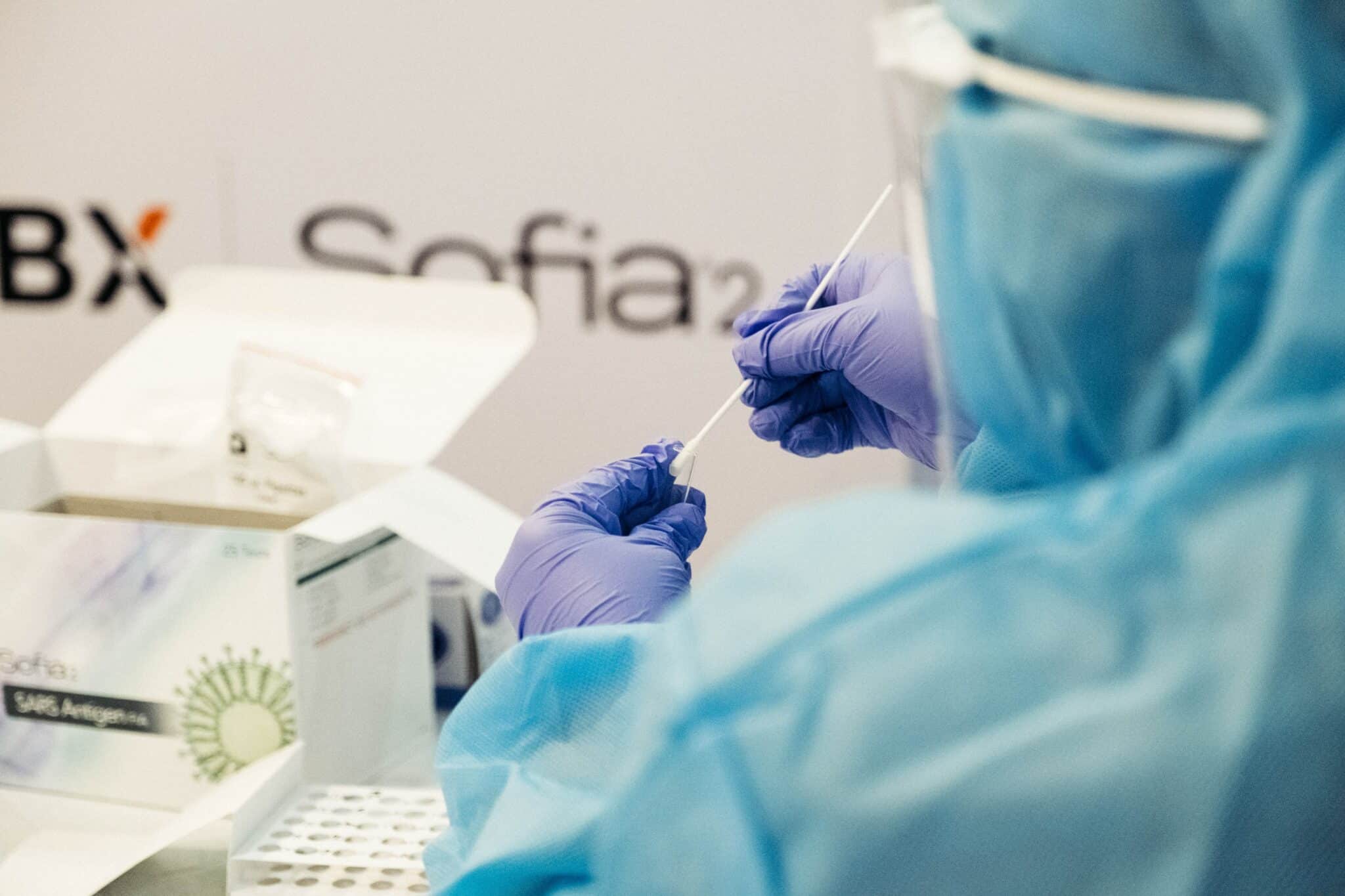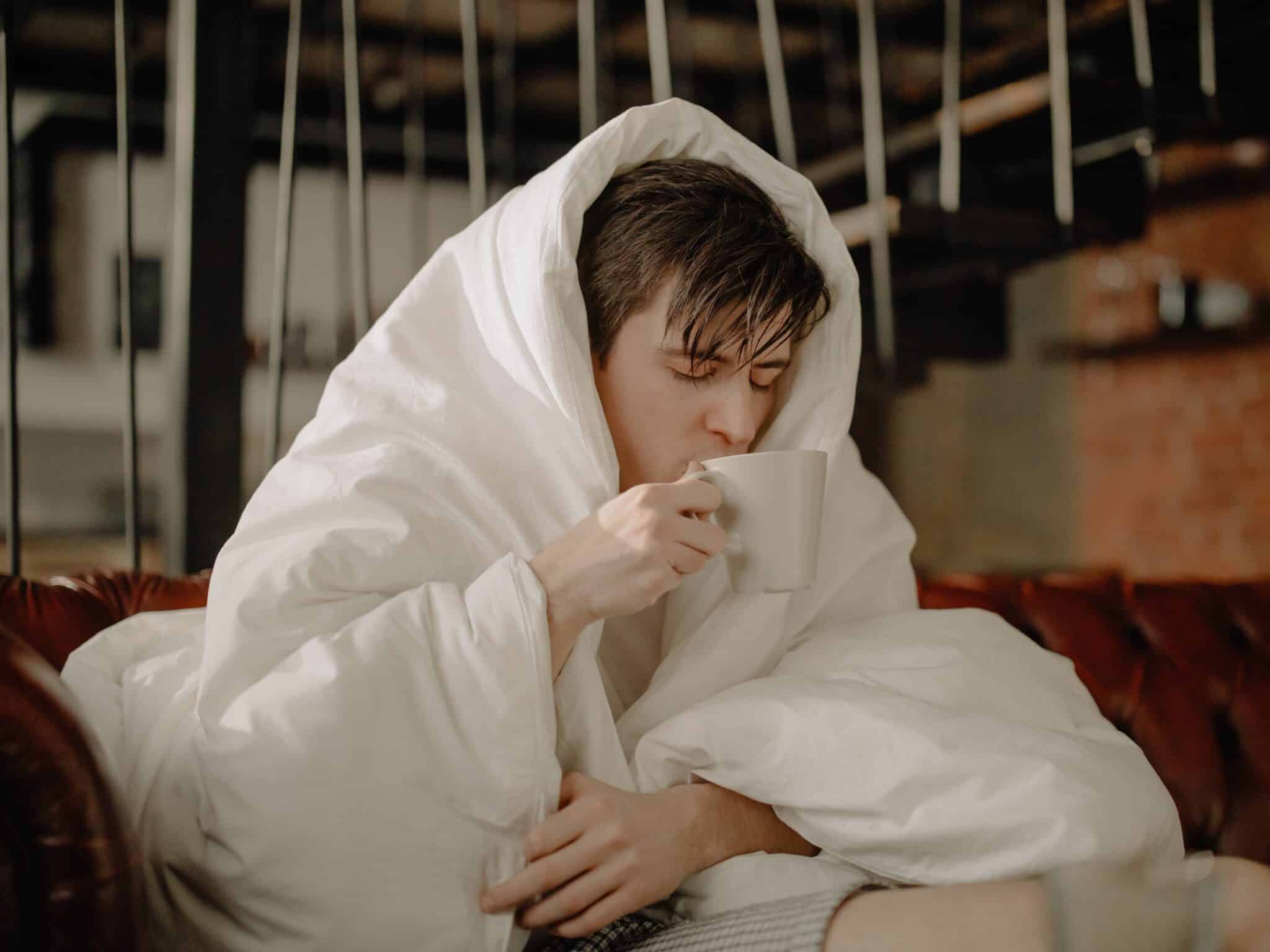A Guide to Sunbathing and Sunburning: How to Avoid Sunburn? Can You Sunbathe After a Sunburn? & More

When the weather’s pleasant, there’s nothing better than going outdoors and spending some time under the sun – especially if you’re on vacation. Plus, being in the sun has some health benefits, such as boosting your Vitamin D.
However, prolonged exposure to the sun can lead to sunburn, particularly if you don’t wear any sunscreen. In fact, most of us have experienced sunburn at some point in our lives.
Knowing how to take care of your skin after sunburn is essential. Especially if you’re planning to go on adventures outdoors. In today’s post, we’ll explore some of the most common questions surrounding sunbathing and sunburn, including:
- How long should you sunbathe to avoid sunburn?
- What’s the best way to treat a sunburn?
- When should you seek medical care?
We’ll also share our favorite sunbathing tips and precautions.
Ready? Let’s go!
How Long Should You Sunbathe to Avoid Sunburn?
There are several factors that will determine the best amount of time to sunbathe, including:
- Your distance from the equator
- Your skin’s usual response to the sun
- The air quality (poor air quality can block some UV light)
According to some dermatologists, sunbathing without sunscreen for up to 20 minutes every day is safe. However, this only applies if you don’t have complications with ordinary sun exposure.
If you want to avoid sunburn, it may be best to keep your sun exposure between 5-10 minutes.
Moreover, according to some research, getting too much sunlight at once is more damaging than slowly increasing your exposure.
Tips and Precautions for Safe Sunbathing
If you’re planning to sunbathe and want to do so safely, you’re in the right place.
Here are our top 6 tips for safe sunbathing:
- Apply sunscreen 15 minutes before going outside. Sunscreens with 30 SPF or more are best.
- Wear at least an ounce of sunscreen on your body (about the size of a golf ball or a shot glass). Reapply a light layer every 2 hours.
- Remember to apply SPF protection on your hands, feet, and lips as well.
- Make sure you take breaks in the shade when you get hot.
- If spending extended periods in the sun, ensure you’re drinking enough water.
- Eat tomatoes to prevent skin redness from UV rays. Tomatoes contain a large amount of lycopene, an antioxidant that helps your body deal with inflammatory processes.
- Wear sunscreen, even if it’s cloudy and cold. Some UV radiation can penetrate clouds and even reflect off surfaces like snow, sand, and water.
How to Treat a Sunburn: The Dos and Don’ts
If you get sunburned, we recommend you:
- Stay out of the sun and wear light clothing
- Keep blisters protected
- Keep yourself hydrated
- Apply an aftercare lotion
- Cool your skin – but don’t apply ice on a sunburn directly
Let’s take a closer look.
Stay Out of the Sun & Wear Light Clothing
If you got sunburnt, seek shade as soon as possible, either indoors or outdoors. Sunburn damage is more than skin deep, so it will take a few days to go away. In the meantime, stay out of the sun.
So if you got slightly sunburnt and are wondering “can I sunbathe after a sunburn?”, the answer is no. Your skin needs shade and rest to fully recover.
But, what if you’re vacationing, and staying in the shade all day long is almost impossible? If that’s your case, you should cover up any affected skin areas. Especially during peak sun hours, which tend to be between 10 am to 4 pm.
Additionally, while you’re healing we recommend you:
- Avoid tight clothing and heavy layers
- Wear sunscreen (SPF 30 or higher) to prevent further damage
If you have the chance, you could also cover your body with a damp cotton material that’s light and cool to the skin, like a shirt or a towel.
Another option is to wear UPF clothing, such as hats or shirts.
Keep Blisters Protected
If your skin begins to blister, you may have a second-degree burn. Hence, you should try to prevent infections by:
- Protecting affected areas with wound dressing
- Trying not to let blisters pop
- Not picking at the skin
If you suspect you may have an infection, seek medical care.
Keep Yourself Hydrated
Your skin loses moisture when it’s exposed to sunlight. So, after being in the sun, you’ll need to rehydrate your skin, even if it’s not burning. Plus, hydration will speed up your skin’s healing process. However, you should avoid gels and creams that have a “cooling” effect. These products often include menthol and will further dry out your skin, prolonging the healing process.
Drinking a substantial amount of water is the easiest way to stay hydrated. We recommend you double your water intake for the first few days after getting sunburnt, to help your body recover.
Apply an Aftercare Lotion
Aftercare lotions can aid your skin’s healing process. Make sure you choose products containing a wide range of vitamins and minerals.
Avoid using thick balms. These balms may provide protection against further damage to your skin, but they may also clog your pores, prolonging your healing time.
Additionally, hydrocortisone creams can reduce swelling and pain and are available over the counter.
Cool Your Skin – but Don’t Apply Ice on a Sunburn Directly
Using a cool compress will calm the inflammation, but be sure to wrap it in a cloth. If you apply ice directly on the burn, you’ll further harm your skin.
Moreover, taking a cool bath or shower may also help ease the discomfort. If it helps reduce the pain and inflammation, feel free to bathe multiple times a day.
In any case, you should avoid hot showers. If you use hot water, you’re likely to experience more pain, inflammation, and further skin damage. So, while your skin is healing, you should stay away from:
- Heated pools
- Hot tubs
- Hot springs
If hot water still causes discomfort a week after your sunburn, consult your physician.
When Should You Seek Medical Care?
Generally, you can treat sunburn at home. Still, in some circumstances, you may need to seek medical advice. Especially if you experience any of the following symptoms:
- Extreme pain
- Nausea and vomiting
- Chills
- Headaches
- Fever
- Dizziness or altered state of consciousness
- Extensive blistering or swelling of the skin
If the symptoms don’t improve (or worsen) after a week, seek medical attention immediately.
Key Takeaways
Everyone has experienced sunburn, at least once in their lifetime. And we all know that it can considerably disrupt your vacation plans.
Unfortunately, many other inconveniences can hamper your schedule. For instance, catching COVID. During your well-deserved vacation, take the necessary precautions to avoid getting sick. Something as simple as wearing a mask indoors or washing your hands frequently can go a long way.
Want to get tested before your next trip? Find testing locations near you with our international directory.



